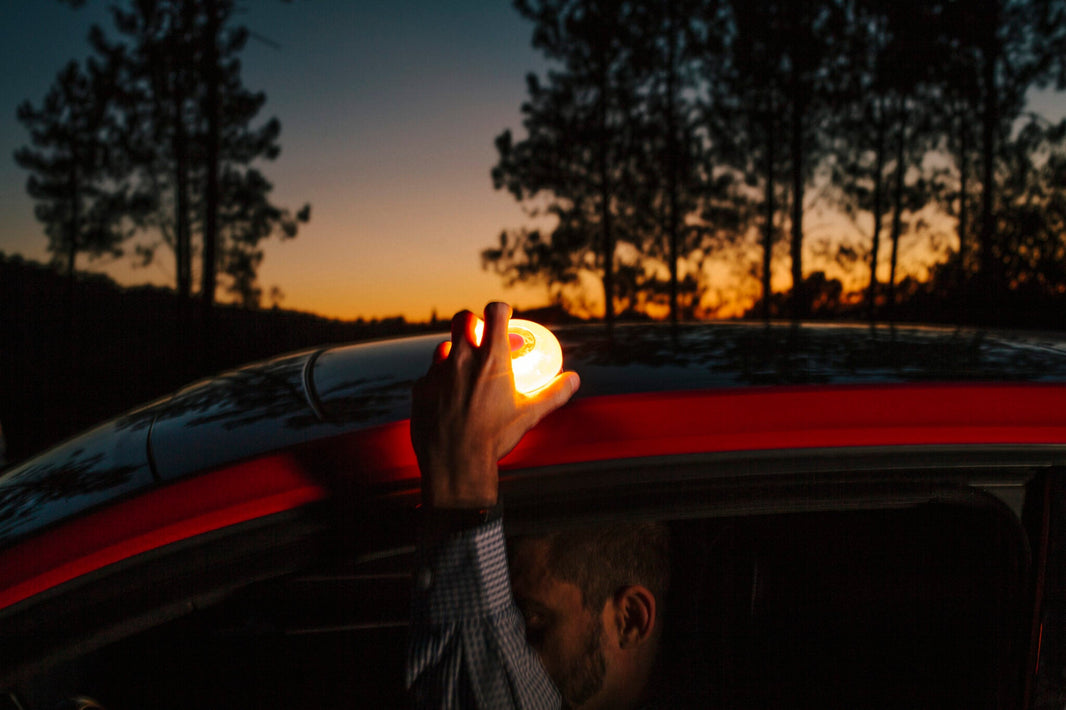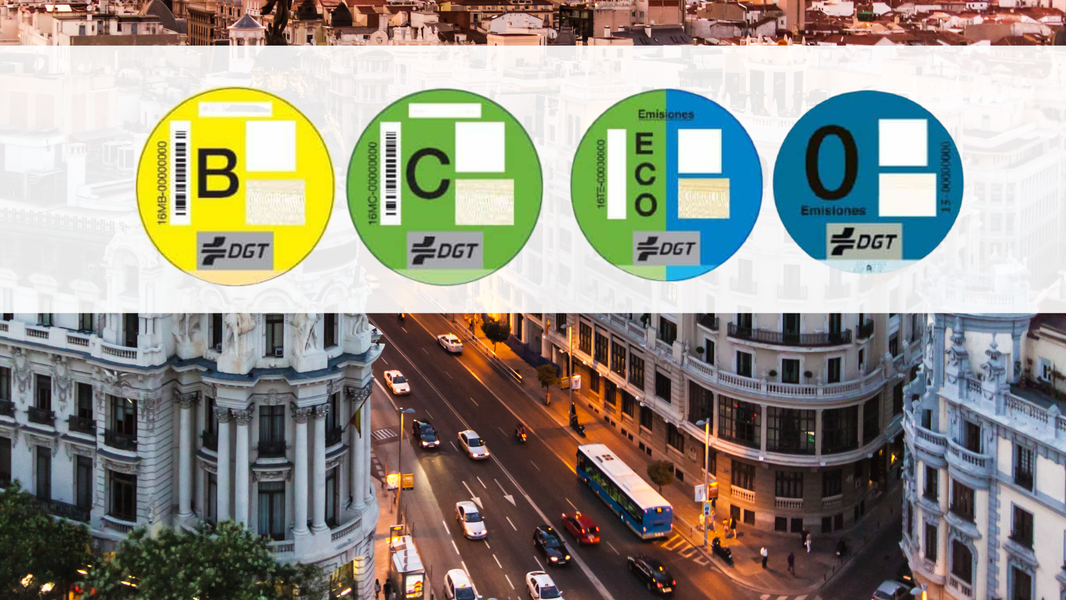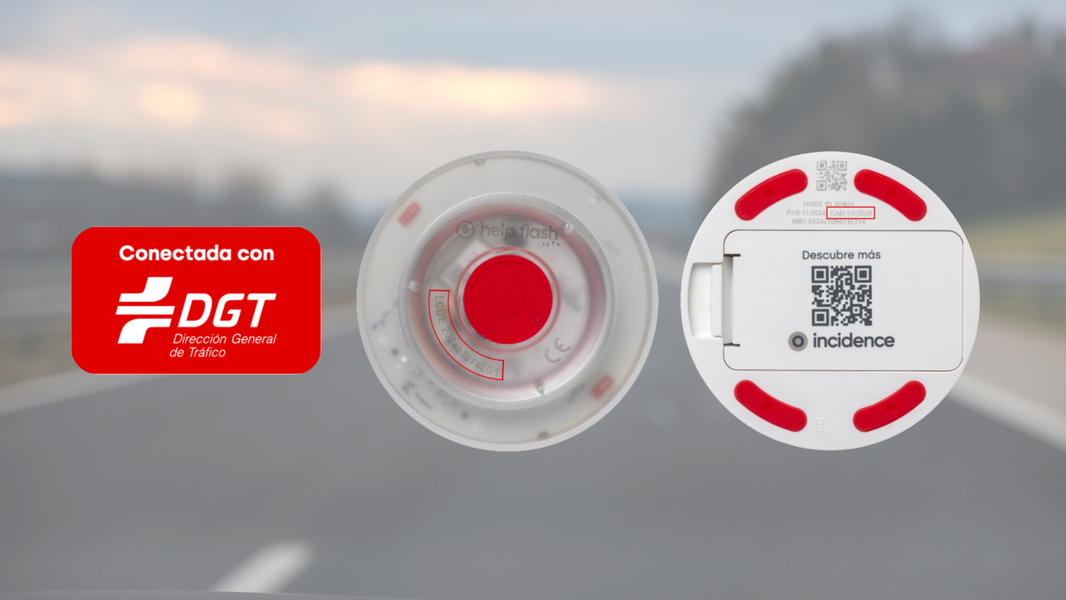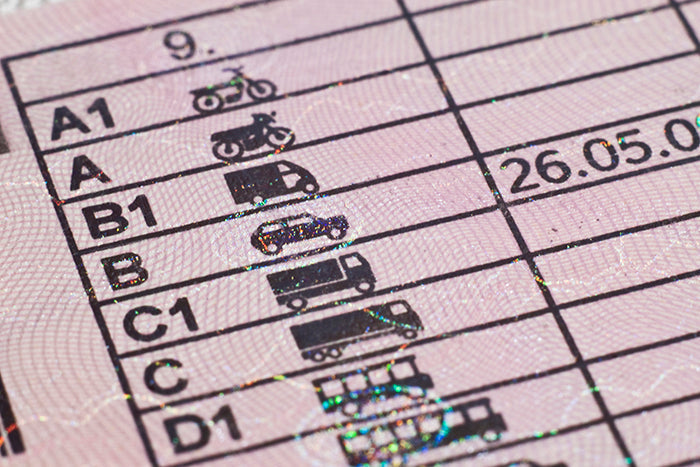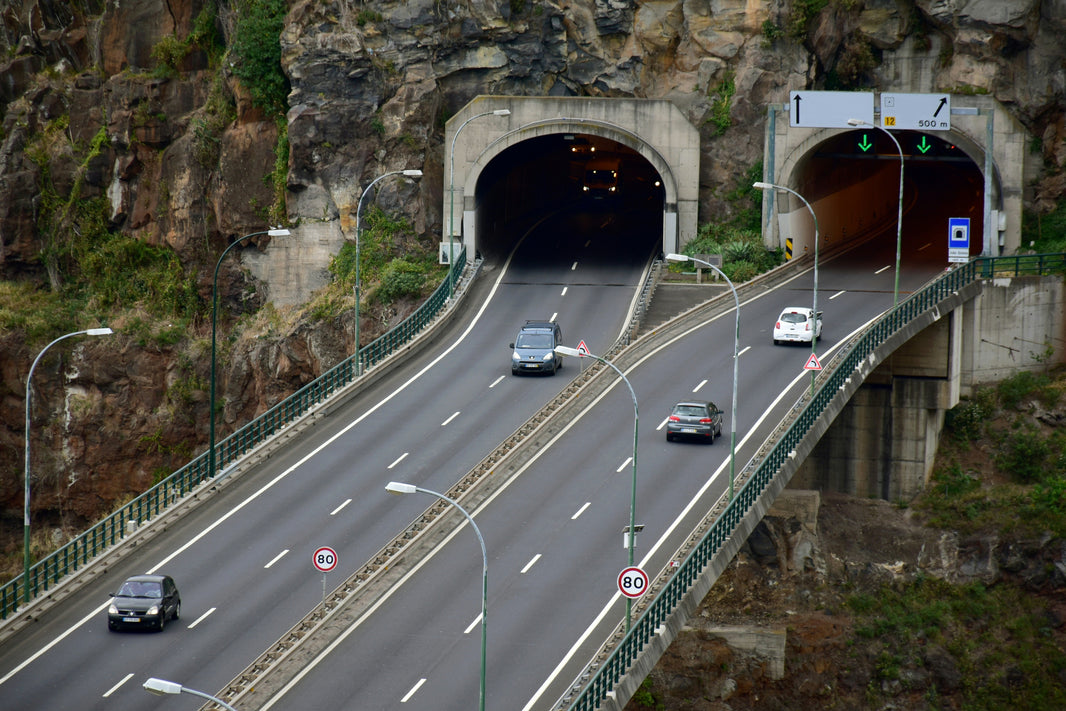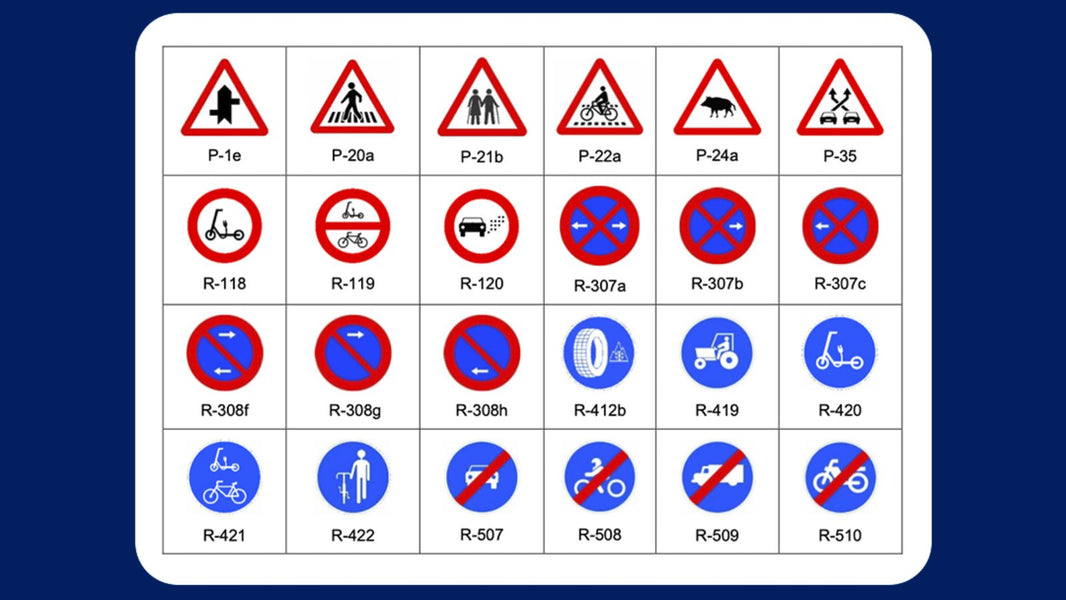The story of Joan Lascorz is one of overcoming challenges. At the beginning of this year, he became the
first quadriplegic driver to complete the Dakar Rally , the toughest and most demanding rally competition on the planet. Just a few days ago, during Motortec Madrid 2022, the agreement signed between Lascorz and Help Flash was announced, making the 36-year-old Catalan driver an official brand ambassador. At Help Flash, we couldn't be happier to have Lascorz with us on our journey and to jointly showcase the advantages of V16 emergency lights as a way to
improve road safety for people with reduced mobility.
Lascorz: talent, drive, and commitment
It's hard to stop Lascorz. Not even the serious accident he suffered eight years ago on the Imola circuit, which drastically reduced his mobility, could do so. After his recovery, he was crowned Spanish TT Rally Champion, competing in the general
buggy category rather than in the
handycar category for adapted vehicles. This year, he added another act of heroism by completing the 8,200-kilometer Dakar Rally extreme competition. To fulfill this dream of competing and overcoming the Saudi Arabian desert, he relied on a
crowdfunding campaign in which Help Flash participated from the outset and managed to raise 200% of the necessary initial capital. During this latest edition, the 44th of the championship, Lascorz finished in ninth place. Now he's preparing to return to the desert next year and is very clear about it:
"This time I'll take a Help Flash light to be even safer in case of any incident along the way."
Advantages of v16 emergency lights for people with reduced mobility
During the Motortec 2022 fair recently held in Madrid, improvements in driving for people with reduced mobility were widely discussed. Alejandro González, CMO of Help Flash, recalled: "A roadside emergency is already a complicated situation for anyone, but for someone in a wheelchair, for example, it is even more difficult because until a few months ago they were required to pull over to the shoulder, move 50 meters, and place warning triangles." Fortunately, this changed with the arrival of flashing beacons on our roads, which since last summer have been
legal substitutes for the previously mandatory warning triangles . Let's look at some of the benefits they bring to people with reduced mobility.
-
They can be installed from inside the passenger compartment. There's no need to leave the vehicle, and this helps avoid unnecessary risks.
-
There's no need to remove your seatbelt. Simply roll down the window and place the beacon on the car roof, where it attaches to the metal sheet with a magnet.
-
They activate automatically. Upon contact with a metal surface, the device activates automatically.
-
High-beam headlights. Once activated, the beacon emits an intense yellow beam of light that can be seen from a long distance and at a 360-degree angle, making the stopped vehicle clearly visible to other road users.
-
Small and compact . V16 lights fit any type of vehicle, are handy, and easy to store.
- Suitable for people with reduced mobility.
Help Flash and Joan Lascorz: working together to improve driving safety for people with reduced mobility.
When we at Help Flash learned about Joan Lascorz's story, we knew we had to support him. Today, his feat in the 44th edition of the Dakar has become a milestone in the history of the most demanding and ambitious
rally raid a driver can face in motorsport.
There are many values that we at Help Flash share with the rider from Hospitalet de Llobregat, nicknamed Jumbo since his days as a motorcyclist. Values
such as overcoming obstacles, fighting hard, and making the road a safer place . Lascorz asserts that "the V16 light helps people like me who are in a wheelchair, allowing us to improve our road safety. Therefore, becoming a Help Flash ambassador is a privilege, and I appreciate your support in allowing me to continue fulfilling my dreams." For us, it is, without a doubt, a real honor to have Joan Lascorz as a brand ambassador and work together with a very clear goal: improving safety on our roads.

